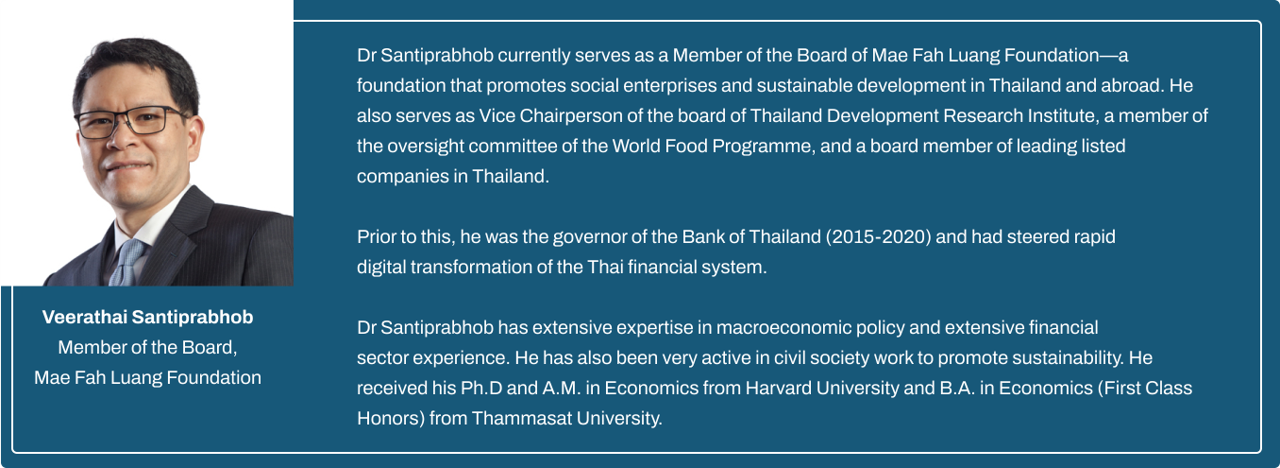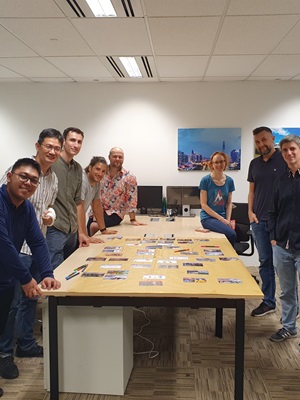
Erik Jason Estrada

Lead Support Specialist @ Development Bank of the Philippines

This person hasn't created any posts yet.

This person has not create any courses yet.




